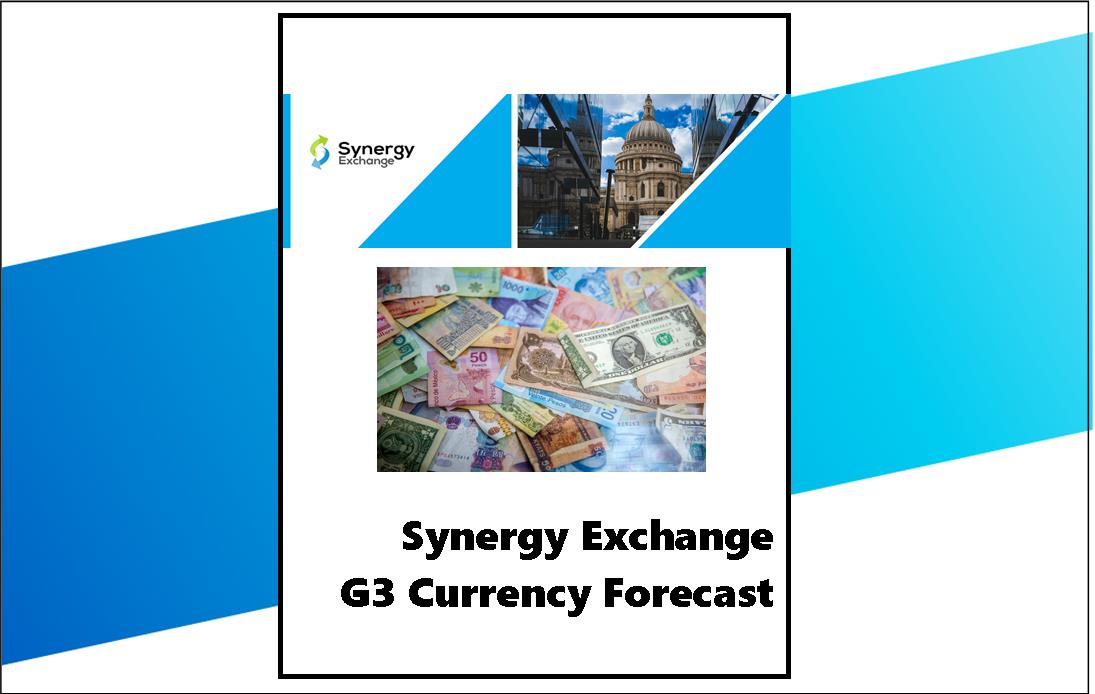Good Morning, King dollar came roaring back to rule the currency markets last week as inflation and yields again dominated the headlines.
As we noted previously, the efficiency of the vaccination programme and the speed at which it is being implemented is now raising concerns about the inflationary impact of a rapid bounce back by economies. With spending restricted for so long, investors fear that a glut of money will be chasing supply lines still hampered by COVID-19 restrictions. If this happens, prices will be forced up, causing inflation to reignite. With these fears firmly in mind, bond traders in the US, one of the driving forces behind the currency markets, have been pushing yields higher. As they climb, stock markets weaken, and the dollar strengthens as investors become more risk-averse, causing beta currencies such as the pound and the krona suffer.
Jerome Powell, the Chairman of the Federal Reserve, indicated last week that he is happy that the economy runs hot as his main concern is the level of unemployment in the US which is feared to be touching 10%. The Federal Reserve is now forbidden from speaking ahead of its next meeting on 17th March. Still, his shadow will loom over the markets, which probably means that the dollar will hold its ground ahead of the inflation figures released on Wednesday. The pound has opened below $1.3900, having given up more than a cent over the last week despite the chancellor’s generally well-received Budget and but it has held its recent gains against the euro opening above €1.1600 despite the increasing tensions with Europe over the implementation of the Brexit agreement.
UK
The Chancellor’s budget was generally well-received last week. It helped mitigate the yield-induced dollar strength, somewhat helping sterling be the best performing European currency except for the oil-backed Norwegian krone. Its underlying strength is also helping it shrug off the growing tensions with Europe over the trade restrictions surrounding Northern Ireland. Unusually for the UK, it looks like a quiet week ahead on the data docket, leaving the currency to remain at the mercy of the uncertainty driving the US bond and equity markets. The only noteworthy figure we will be watching out for is the backwards-looking Gross Domestic Product (GDP) figure for January. With the country in lockdown and the future looking radically different now, thanks to the vaccination programme’s success, it is unlikely to move sterling too much. This week’s only speaker of note is Andrew Bailey, Governor of the Bank of England, who is giving a speech this morning.
Euro
The rise in US yields encouraged sellers to test some key psychological and technical support levels of the euro on Friday. These levels failed to hold, and the euro has opened weaker this morning at below $1.1950. So far, the Eurozone has been sending out mixed messages in its response to the bond market sell-off. Whilst Phillip Lane, chief economist of the ECB and its President Christine Lagarde, has been jawboning, Fabio Panetta presented a different view, hinting at yield curve control, a phrase that we may start hearing more often. The week ahead is relatively quiet, with the main event being the ECB meeting on Thursday, which gives Christine Lagarde a platform to express her views on the markets. We also will be watching Industrial production data from Germany on Tuesday and their inflation data on Friday. The only other event apart from the ECB meeting will be the Eurozone Industrial Production which recent surveys have indicated will be a strong number.
US
It is unlikely that the narrative driving the dollar will change much this week after the healthy Non-Farm Payroll figure on Friday, adding fuel to the already nervous market. With President Biden announcing advances in their vaccination programme and fresh financial stimulus soon to be in the populations back pocket, traders will remain nervous of prices pushing up more rapidly than the Fed anticipates. An increasingly nervous stock market will also help keep the dollars strong as risk sentiment is reassessed. The week ahead has no speakers, but we will be watching the Consumer Price Index on Wednesday and Producer Price Index on Friday to get a further take on inflationary pressures and their impact on an already nervous market. The only other item on the data docket that may impact is the University of Michigan’s sentiment index released on Friday afternoon.
Scandi
The Swedish krona is still trading considerably weaker against both sterling and the euro than it did throughout February. One headline which could have caused more harm than it did was the news that the Liberal Party will cease its support for the Socialist-led coalition government in the next general election in the year 2022. Had the announcement been that the decision takes immediate effect, then there is a strong possibility that the krona would have lost even more ground as it might have triggered new elections during a very uncertain time. Therefore, we will now monitor the political situation more closely than before. This week is a quiet one, with the only important data set being the Industrial Orders figures that are out tomorrow.
On the other hand, the Norwegian krone is strengthening and briefly reached parity against its big brother, a level it has not been at since March 2020 when the COVID-19 crisis evolved, and oil started plummeting. The currency has now recovered all ground it lost against the euro too. Monday kicks off with the Industrial Production numbers, and on Tuesday, we will get the GDP figure. It is expected to show a contraction of 0.6% on a Month-On-Month basis.
Have a great week.

